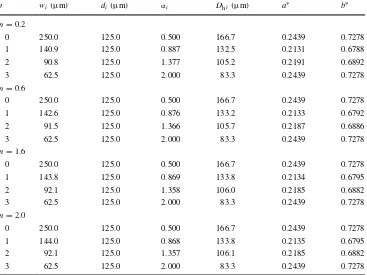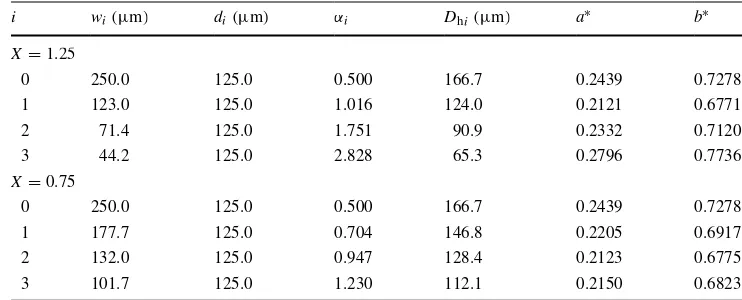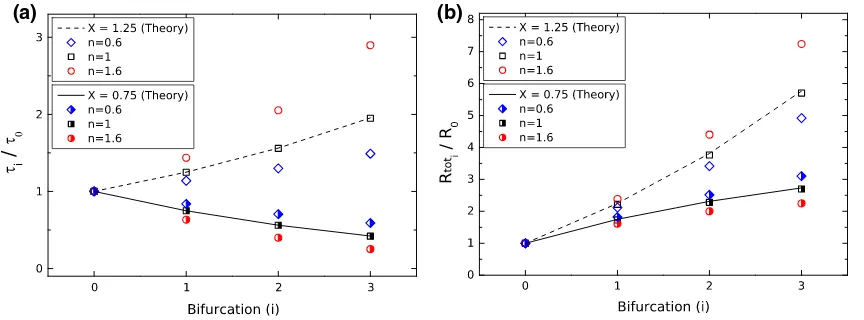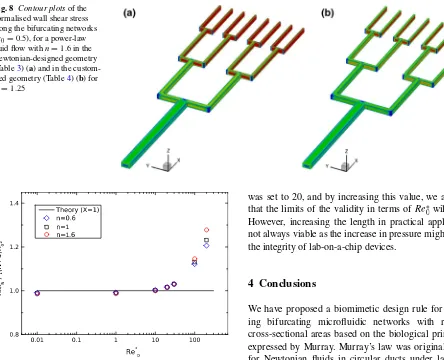A design rule for constant depth microfluidic networks for power-law fluids
Full text
Figure




Related documents
The results of the Pearson correlation coefficients in Table 1 indicate that there is a significant positive correlation between the borderline personality trait and
MEDIDAS ESPECIALES Y CAMBIOS DE TELAS DE TODO EL GRUPO DE TAPIZERÍA, CONSULTAR PRECIO Y SERVICIO
A path analysis study of retention of healthcare professionals in urban India using health information technology Indrajit Bhattacharya 1* and Anandhi Ramachandran
In view of the possible association between ischemic modified albumin and type 2 diabetes, the present study was taken up to assess the correlation between IMA and
The expected benefits and costs of targeted early childhood investments have been estimated and projected for an illustrative cohort of Texas infants: children 0-1 year old living
While working as an English language teacher at some English training schools in China from 2007 to 2014, I witnessed that a popular method of teaching
We are already working with a number of funding bodies about how they are using crowdfunding as an integral part of their fund-giving process and how they advise their projects on
It is organized as follows: in Section 5.1 we present the insights gained from developing and using the computer simulation model of this supply chain; in Section 5.2

![Fig. 6 Normalised wall shear stress (metic principle [Eq. (a) and flow resistance (b) along the customised bifurcating networks (α0 = 0.5), designed using the biomi-21)]](https://thumb-us.123doks.com/thumbv2/123dok_us/1622186.115330/10.595.83.517.149.387/normalised-stress-principle-resistance-customised-bifurcating-networks-designed.webp)
